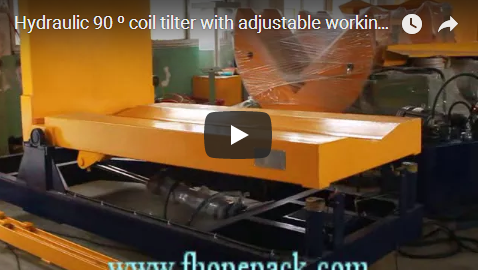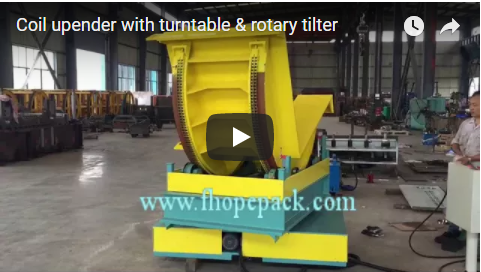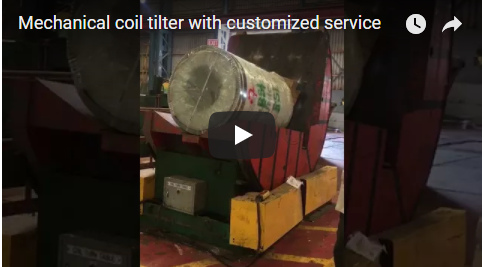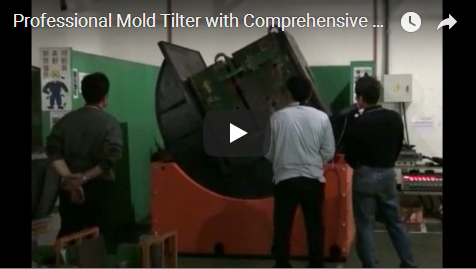Revolutionizing Material Handling: The Automatic 180-Degree Turning Machine
In modern manufacturing and packaging environments, the efficient handling and orientation of large, flat materials like glass, sheet metal, wooden boards, and composite panels present significant challenges. Manual flipping is often labor-intensive, slow, poses ergonomic risks, and can lead to product damage. Addressing these bottlenecks is crucial for optimizing production flow and maintaining competitiveness. Automated solutions, such as the 180-degree turning machine, offer a robust answer, drawing on principles refined through years of material handling research and patented mechanical innovations.
The Challenge: Safe and Efficient Material Inversion
Many production processes require materials to be turned over. Common scenarios include:
- Double-Sided Inspection: Ensuring quality control on both surfaces of glass or coated panels.
- Two-Sided Processing: Applying coatings, laminates, or performing machining operations on both sides.
- Stacking and Palletizing: Orienting finished goods correctly for stable stacking or packaging.
- Assembly Line Integration: Presenting materials in the correct orientation for subsequent automated or manual assembly steps.
Traditional manual methods or cumbersome hoist-and-flip systems often fall short, creating bottlenecks and introducing variability. Research in industrial ergonomics consistently highlights the risks associated with manual handling of heavy or awkward loads, leading to musculoskeletal disorders and increased worker compensation costs.
FHOPE's Automated Solution: Precision and Reliability
The FHOPE Automatic 180-degree turning machine is engineered to integrate seamlessly into automated production lines, providing precise and efficient inversion for a variety of flat materials. This technology represents a significant advancement over manual processes, leveraging automation to enhance productivity and safety.
(Placeholder for potential image of the machine in action or a technical diagram)
Core Technology and Operating Principles
Drawing inspiration from patented designs focusing on secure clamping and controlled rotation (concepts often explored in patents related to automated grippers and rotational actuators, e.g., USPTO classes B65G, B25J), these machines typically operate on the following principles:
- Secure Clamping: The incoming material (glass, sheet, board) is precisely positioned on the infeed conveyor and securely clamped by actuated mechanisms. These clamps are often designed with non-marring surfaces to protect delicate materials, a critical feature noted in packaging and handling industry publications.
- Controlled Rotation: A robust rotational mechanism, often driven by servo motors or hydraulic systems under PLC (Programmable Logic Controller) control, smoothly rotates the clamped material exactly 180 degrees. The control system ensures precise speed and positioning, minimizing stress on the material.
- Gentle Release: Once inverted, the clamps release the material onto the outfeed conveyor, maintaining its alignment for the next process stage.
- Seamless Integration: Designed for integration, these machines communicate with upstream and downstream equipment via standard industrial protocols, ensuring synchronized material flow within the larger production or packaging line.
Key Features and Technical Considerations
While specific configurations vary, typical features emphasized in industry reports and technical datasheets include:
- Material Compatibility: Designed for rigid and semi-rigid flat materials like glass, sheet metal, wood panels (MDF, particleboard), plastic sheets, and large format printed boards.
- Load Capacity: Available in various models to handle different weight ranges and dimensions.
- Cycle Time: Engineered for high throughput, significantly reducing the time required for inversion compared to manual methods. Cycle times are often a key metric discussed in process optimization studies.
- Control System: Advanced PLC control allows for easy parameter adjustment (rotation speed, clamp pressure), diagnostics, and integration.
- Safety Features: Incorporates safety guards, emergency stops, and sensors compliant with international safety standards (e.g., ISO 13849).
- Construction: Robust steel frame construction ensures durability and stability in demanding industrial environments.
(Placeholder for potential image focusing on a key feature like the clamping mechanism or control panel)
Tangible Benefits: Beyond Labor Savings
The adoption of automated turning machines yields substantial operational advantages, frequently highlighted in manufacturing efficiency analyses:
- Enhanced Productivity: Drastically reduces cycle times for material flipping, eliminating bottlenecks and increasing overall line throughput.
- Improved Worker Safety: Removes the ergonomic risks associated with manual lifting and turning of heavy or large materials, contributing to a safer workplace and reduced injury-related costs.
- Product Protection: Gentle, controlled handling minimizes the risk of scratches, chips, or breakage, especially critical for high-value materials like glass or finished panels.
- Process Consistency: Automated operation ensures repeatable and precise inversion every time, improving downstream process quality and consistency.
- Reduced Labor Dependency: Frees up personnel for more value-added tasks, addressing labor shortages and reducing direct labor costs associated with manual handling.
- Low Maintenance Design: Engineered for reliability with features facilitating routine maintenance, maximizing uptime – a key consideration discussed in publications like Maintenance Technology or Plant Engineering.
Applications Across Industries
The versatility of the 180-degree turning machine makes it invaluable in numerous sectors:
- Glass Manufacturing: Flipping glass sheets for inspection, coating, or edge grinding.
- Woodworking & Furniture: Inverting panels for sanding, laminating, finishing, or assembly.
- Metal Fabrication: Turning sheet metal for inspection, deburring, or processing on both sides.
- Printing & Graphics: Handling large printed boards or substrates.
- Packaging Lines: Orienting large packaged goods or components before palletizing.
Operational Excellence
Operating the FHOPE Automatic 180-degree turning machine involves monitoring the automated process via the HMI (Human-Machine Interface), ensuring correct material flow, and performing basic preventative maintenance. Familiarity with process automation principles is beneficial for optimizing performance and troubleshooting minor issues. The machine's design prioritizes ease of use and reliability, contributing to lower total cost of ownership.
For more detailed specifications or to discuss how this automated solution can be integrated into your specific production line, please contact FHOPE.
Contact: info@fhopepack.com






